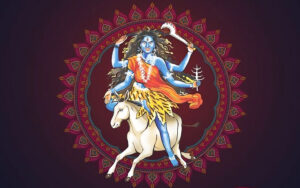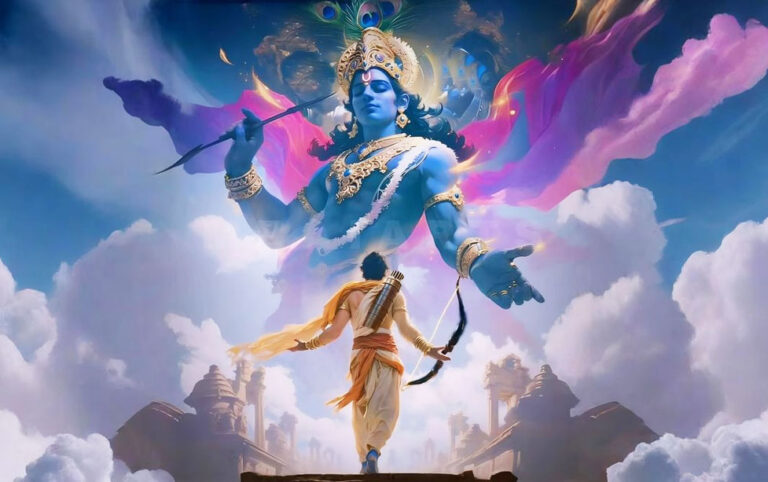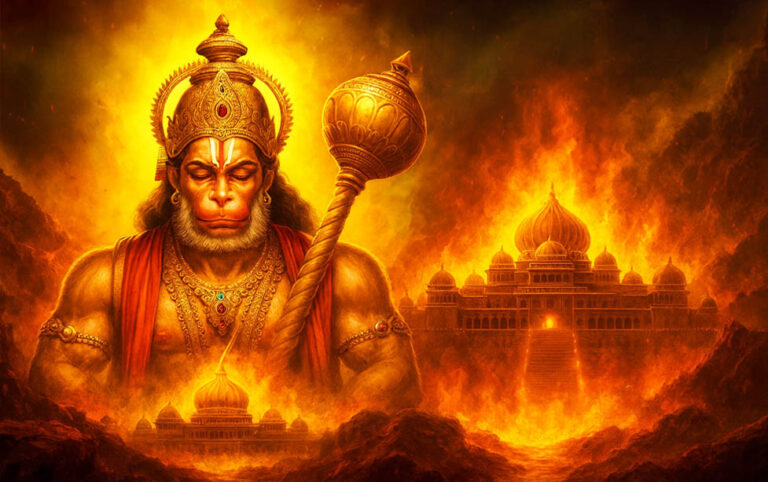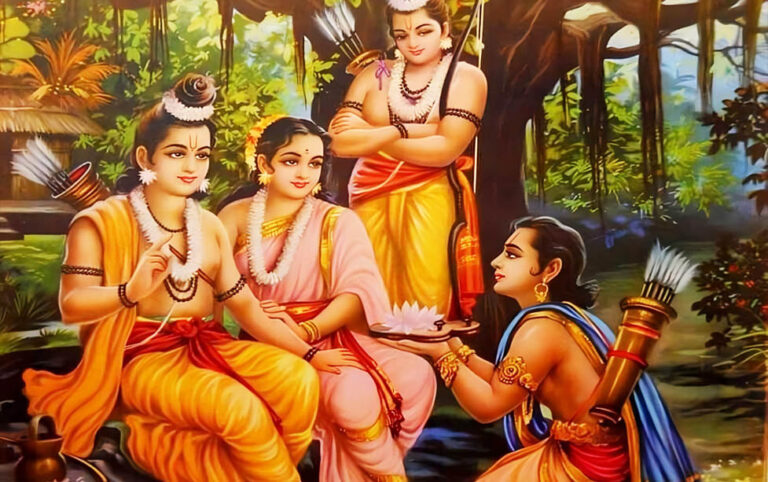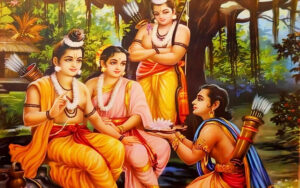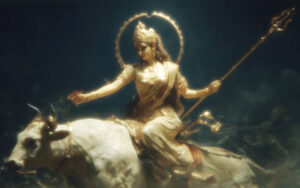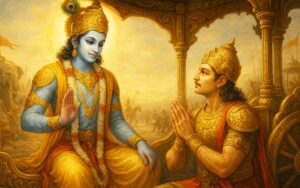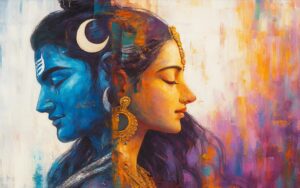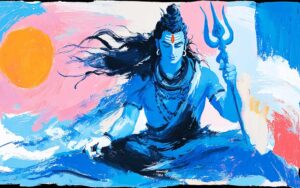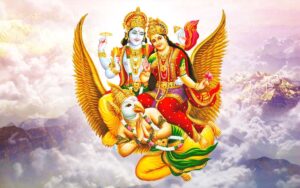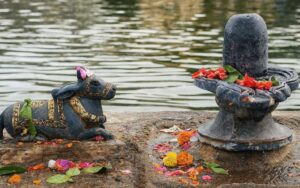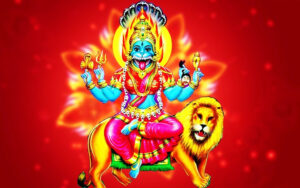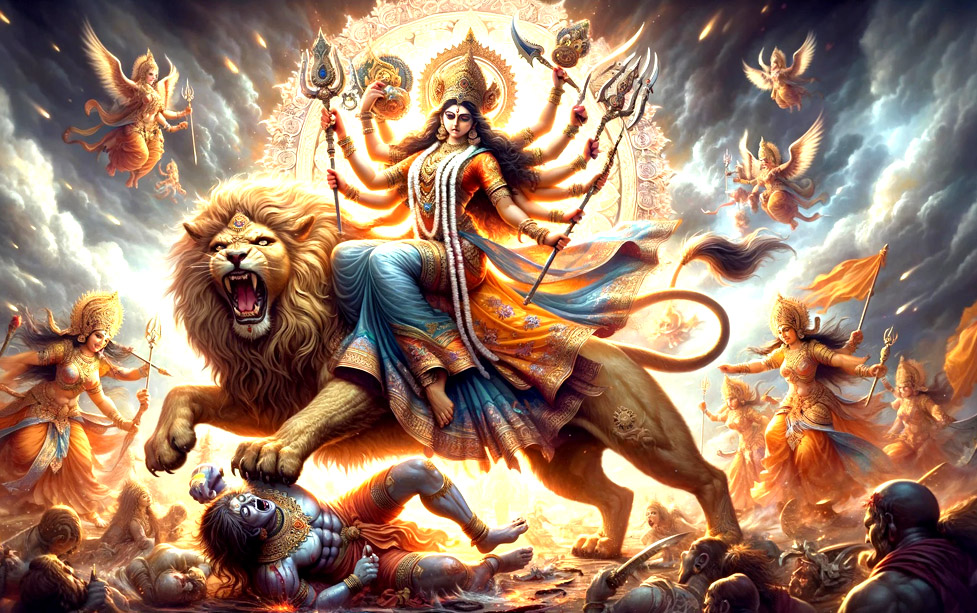
No time for reading the story? Give it a listen on Spotify.

The story of the lion becoming Goddess Durga's ride goes back to a tale of making up for mistakes and showing deep dedication. It comes from the respected stories of the Mahadevs in Ujjain.
Characters in the story:
Goddess Parvati: Goddess Parvati is a prominent deity in Hinduism, known as the divine mother and the consort of Lord Shiva. She represents feminine power, fertility, love, and devotion, and is worshiped for her nurturing and compassionate nature.
![]()
Goddess Kali: Goddess Kali is a goddess known for her fierce form and association with destruction, time, and the power of femininity. She is often depicted with a dark complexion, multiple arms, and a necklace of skulls.
![]()
Goddess Durga: Goddess Durga is a prominent Hindu deity who is revered as a symbol of power, courage, and divine feminine energy. She is known by various names such as Devi, Shakti, Bhavani, and Parvati, and is believed to be the manifestation of the supreme goddess.
![]()
Lord Shiva: Lord Shiva holds significant prominence in Hinduism as a prominent deity, revered for his role as the vanquisher of malevolence and the catalyst of universal change. Depicted in various forms, he is often portrayed as a tranquil ascetic engaged in deep meditation or as the divine dancer, adorned with a third eye, an entwined serpent around his neck, and a trident grasped firmly in his hand.
The tale of the lion serving as the Vahana, or vehicle, of Goddess Durga originates from a legend associated with one of the revered forms of Shiva worshipped in Ujjain – the 84 Mahadevs.
According to the legend, Goddess Parvati undertook a period of deep meditation and rigorous penance after Shiva referred to her as Kali, or black.
(Note: The Hindu goddess Kali is named after the Sanskrit word kala, which means “time”. Kali is also known as “she who is black” or “she who is death”. Kālī is the feminine form of Kāla, an epithet of Shiva, and thus the consort of Shiva. The homonym kālá (time) is distinct from kāla (black), but these became associated through popular etymology.)
The extreme focus and dedication of Goddess Parvati’s meditation created such intense heat that it affected all living beings in the three worlds, causing them great discomfort and distress.
Witnessing this, Brahma, the creator, approached Goddess Parvati and inquired about the purpose of her meditation. She explained her motive to him, seeking to shed her dark form and regain her fairness. Brahma reassured her that she would become fair, as Gauri. He tried to comfort her.
However, unsatisfied, Goddess Parvati’s frustration escalated, manifesting in the form of a lion that emerged from her own being. The lion, driven by hunger, leaped towards the Goddess. However, he was quickly stopped by an invisible force guarding her.
Realizing the futility of his attempt, the lion retreated. Feeling sympathy as a mother would, Goddess Parvati approached the lion and comforted it, easing its feelings of regret.
Expressing his repentance, the lion confessed his sinful intent of attacking his own mother. Touched by his honesty, Goddess Parvati directed the lion to journey to the Mahakal forest, now known as Ujjain, where he would discover a Shivling near Koteshwar Mahadev. She instructed him to offer prayers there to absolve himself of his sins.
Following her guidance, the lion embarked on the prescribed pilgrimage and found redemption through his sincere penance.
Recognizing his change of heart and sincere repentance, Goddess Parvati informed the lion that he would become her mount when she takes on the form of Durga. In this way, the lion not only found forgiveness for his past actions but also discovered a sacred role in serving the Goddess.
In embracing forgiveness and finding purpose, the lion’s journey embodies the transformative power of repentance and divine grace, ultimately securing a revered role in serving the Goddess.


